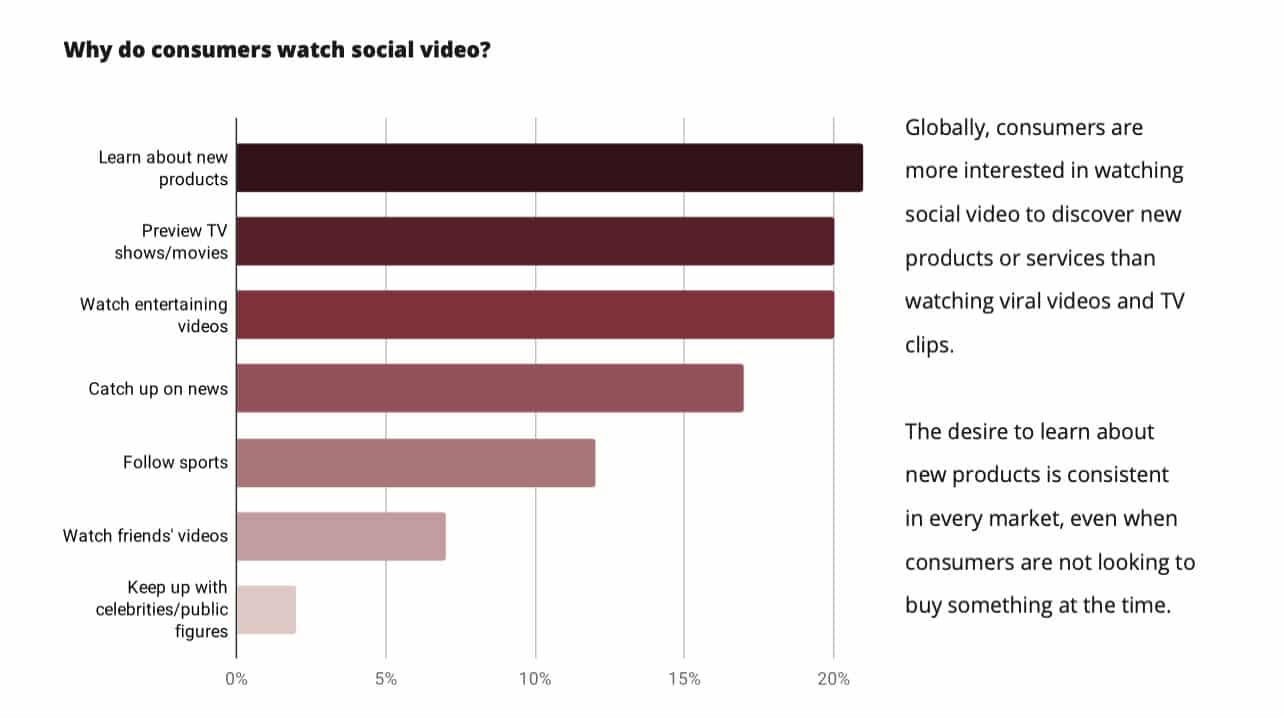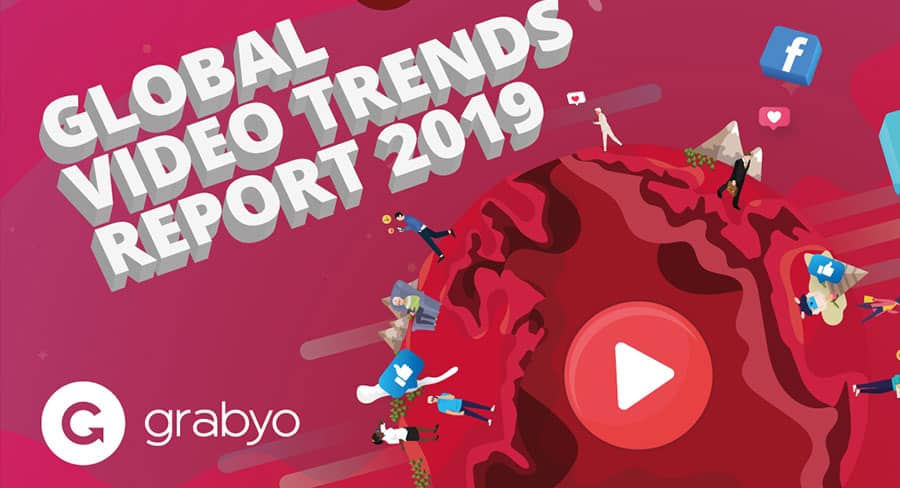The 2019 Grabyo Global Video Trends Report surveyed 9690 people across seven countries: United Kingdom, United States, France, Germany, Italy, Spain and Australia.
The report provides an overview of the state of today’s video industry and plots a course for its digital future.
Here are some of the highlights:
Despite its huge reach, most consumers rank linear broadcast TV as their 3rd choice for video, while smartphones are now the most popular device for watching video worldwide. Mobile viewing is a key factor in the huge growth of social video, with penetration now greater than 75% in all markets studied.
Much of the commentary about changing media viewing habits has focused on younger segments, the Millenials and Gen Z. The results of this study show that mobile, social and online viewing is not restricted to younger demographic groups. All audiences under the age of 50 show a preference for OTT and mobile video. Flexibility, price and quality matter to consumers, something which is harder to deliver with the restrictions of linear TV.

The move to online streaming and social media does not signal the immediate death of TV, but it does highlight what needs to change. Consumers want video services which are low-cost, available everywhere, and with a usage model that allows them to escape the TV schedule if they choose. Sport remains the most popular live category, which will help each sport to retain rights value, but usage patterns suggest that for sports properties to maximize audience growth, they need a distribution model which moves beyond exclusivity on pay TV.
AUSTRALIA
The Australia TV market is the most challenging for traditional pay TV with more than 50% of consumers paying for streaming services and more than 1 in 5 consumers choosing not to pay for video at all. Driven by the success of online streaming services such as Netflix, Australia is moving towards digital-first consumption as local broadcasters launch their own digital offerings to win a share of growing online video audiences and combat the shift away from pay TV.
Australia has the lowest number of pay TV subscribers of all countries studied.
Netflix has driven the growth of online video services in Australia. Local broadcasters are entering the market to compete for a growing online audience.
More than 50% of Australian consumers pay for streaming services with usage frequency which sits just behind free to air TV. Freeview TV and social media are most popular in the video market – almost 3/4 of Australians watch longer-form video content on YouTube.
Netflix is the dominant subscription service in the online streaming market but local services such as 7 Plus, 10 Play and 9 Now have a sizeable presence with each service used by 30% of Australian consumers.
Social video viewing is hugely popular in Australia with YouTube, Facebook and Instagram video penetration as high as any other markets studied.

Australia is now a digital-first market with all audiences under 50 streaming video online more often than watching linear TV broadcasts. The combination of social video viewing and a preference for streaming offers lots of opportunities for OTT services, such as the launch of Kayo Sports, we expect to see more of this type of competition.
CONCLUSION: OUR PERSPECTIVE
The future of TV is the internet.
Streaming has become the new normal. OTT services are now used as often as traditional TV for the majority of global video consumers and online streaming represents the largest segment for paid subscriptions. Consumers want flexibility, convenience and access to content across all devices at a low price point – this is the sweet spot for OTT.
